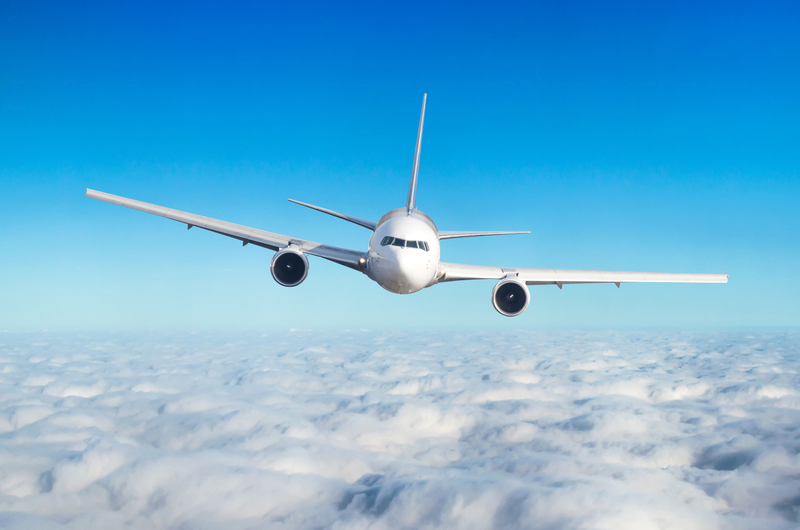If you are flying this summer, there is a certain risk that you will experience turbulence. According to British researchers, turbulence has increased by more than 50 percent in the last 40 years, and there are many indications that turbulence will worsen further in line with global warming.
Turbulence is unpleasant to fly through – both for passengers, flight attendants and pilots. In the United States alone, the annual cost of injuries to people and aircraft is estimated to cost the aviation industry over $200 million.
A new study by four researchers at the University of Reading in the UK published in Geophysical Research shows that turbulence in areas over the North Atlantic, one of the world’s busiest flight corridor, has doubled in just four decades from 1979-2020.
The scientists analyzed climate and atmospheric data from 1979-2020 with the aim of understanding how the warmer climate affects clear-air turbulence (CAT).
The most detailed picture yet of how turbulence patterns have changed
According to the study, the number of hours of severe turbulence has increased by 55 percent in one of the areas in the North Atlantic from 1979-2020. In 1979, there were 17.7 hours of severe clear-air turbulence in the studied area over the North Atlantic, while in 2020 this number had increased to 27.4 hours per year.
The four scientists have also been able to document an increase in the milder forms of turbulence over the same area in the North Atlantic from 1979 to 2020. Moderate turbulence has increased by 37 percent from 70.0 to 96.1 hours, while light turbulence has seen a 17 percent increase from 466.5 to 546.8 hours.
The scientists expect that clear-air turbulence will increase further concurrently with global warming.
Climate change intensifies the turbulence
Despite the North Atlantic having experienced the largest increases in turbulence, the study shows that other busy flight routes over the US, Europe, the Middle East and the South Atlantic also have experienced significant increases in stronger and more frequent turbulence.
According to the researchers, there is no doubt that the major changes in the period are due to the warmer air as a result of climate change
Warmer air due to the release of greenhouse gases into the atmosphere changes air currents, exacerbating turbulence globally.
“Following a decade of research showing that climate change will increase clear-air turbulence in the future, we now have evidence suggesting that the increase has already begun,” said Paul Williams, one of the scientists from the University of Reading and co-author of the study.
“We should be investing in improved turbulence forecasting and detection systems, to prevent the rougher air from translating into bumpier flights in the coming decades.”
Just such investments can help the pilots to adapt the flight so that the plane completely avoids the uneven air conditions.
How dangerous is turbulence?
In a press release PhD researcher and co-author, Mark Prosser, explains that clear-air turbulence occasionally can be dangerous since, it is nearly impossible for aviation remote sensing tools to detect.
It is also difficult to predict when clear-air turbulence will hit because it is caused by small eddies and wind shifts, i.e. a sudden change in wind speed and direction.
It is particularly problematic with the turbulence, which the pilots do not see and have the opportunity to prepare the passengers for. Most injuries occur when passengers are not wearing seat belts.
Prosser believes that the airlines must start thinking about what to do in a future with more turbulence,
“Every additional minute spent travelling through turbulence increases wear-and-tear on the aircraft, as well as the risk of injuries to passengers and flight attendants,” said Prosser.

